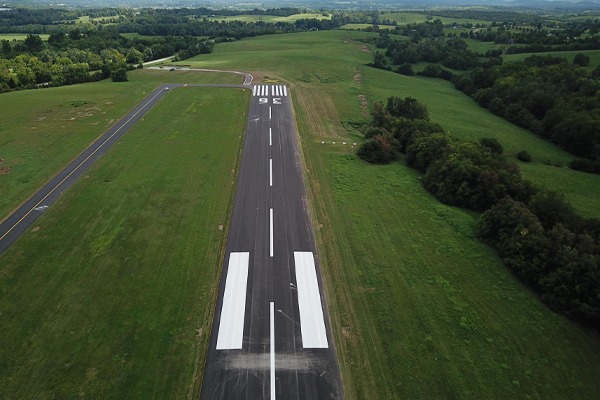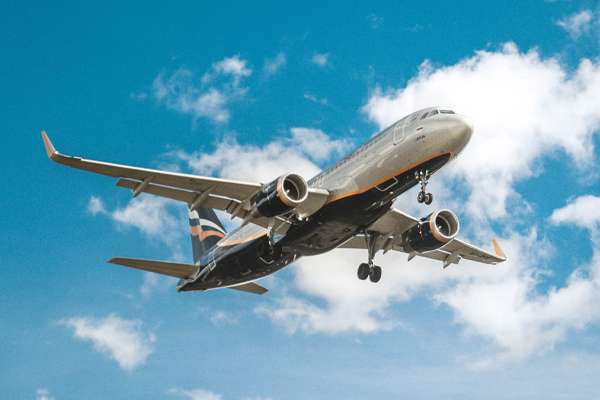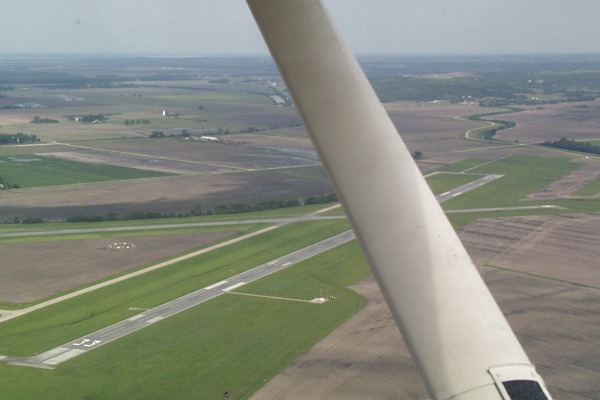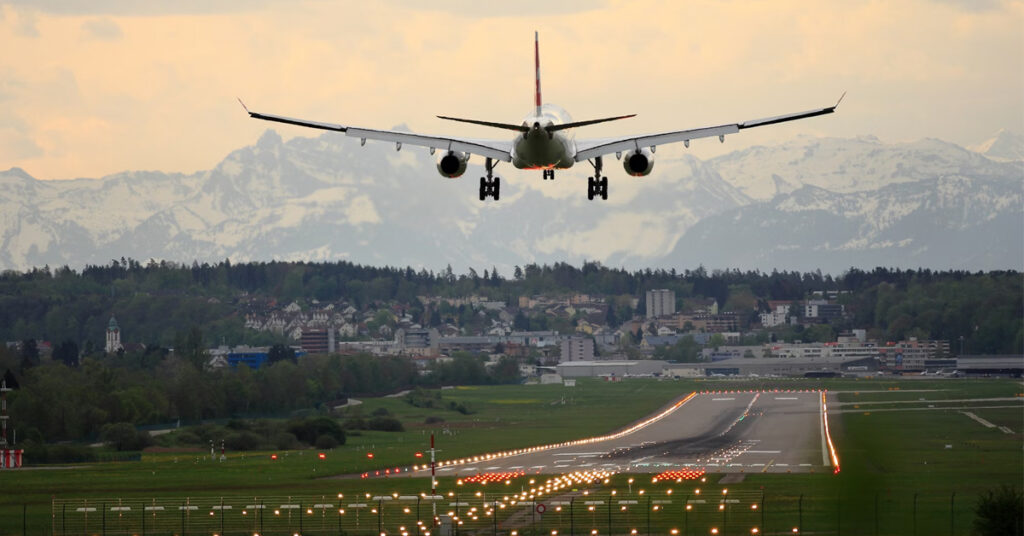Whether you’re a seasoned pilot or a curious newcomer peeking into the world of aviation, understanding the traffic pattern is foundational. It’s one of the first concepts pilots learn – and for good reason! This standardized path in the sky provides a safe, predictable structure for aircraft approaching and departing an airport, especially where a control tower may not be present.

What is a Traffic Pattern?
A traffic pattern is a rectangular flight path that aircraft follow to take off and land at an airport. It helps ensure order and safety by creating a predictable route, allowing pilots to see and avoid other aircraft.
The pattern is divided into five segments, or legs: upwind, crosswind, downwind, base, and final. While each leg has a specific role, together they form a complete system that gives pilots structure in the sky.
Most patterns are left-hand patterns, meaning all turns are made to the left unless otherwise designated by the airport. This keeps aircraft behavior consistent and predictable, even with multiple planes in the air.

Upwind/Departure Leg
The upwind leg begins immediately after takeoff. Here, the aircraft climbs straight ahead, maintaining alignment with the runway. The goal is to gain altitude while staying aware of any other traffic that might also be departing or entering the pattern.
During this phase, the pilot is focused on:
- Monitoring engine performance
- Climbing at a proper and consistent speed
- Maintaining runway heading

Crosswind
Once the aircraft has gained enough altitude and has cleared the departure area, the pilot makes a 90° turn away from the runway – this is the crosswind leg. This leg runs perpendicular to the runway and serves as the transition to the opposite side of the pattern.
Pilots are vigilant during this phase, continuing their climb, and watching for aircraft already established on downwind or entering the pattern. The name “crosswind” comes from the fact that the aircraft is typically flying across the prevailing wind direction at this point. In fact, this initial turn to the left may be less than 90° in order to allow the airplane to crab into the wind and account for wind velocity.

Downwind
After the crosswind leg, the pilot makes yet another left turn to enter the downwind leg. This is one of the most important segments of the pattern, with the aircraft flying parallel to the runway but in the opposite direction of landing.
This leg is used for several key tasks, including:
- Leveling off and establishing pattern altitude (typically 1,000′ above ground elevation)
- Performing landing checks (fuel, flaps, landing gear, etc.)
- Communicating with other aircraft or air traffic control
Pilots monitor their position closely. When they reach a point directly across from the runway threshold – known as being “abeam the numbers” – they begin their descent and prepare for the turn to base.

Base
With their descent established, a pilot makes another 90° turn, flying once again in a perpendicular direction toward the runway. Here, pilots:
- Reduce power to begin descending
- Add additional flaps to increase lift while decreasing airspeed
- Double-check airspeed and spacing from other aircraft
Judging the transition from this phase of the traffic pattern to final can be challenging for new pilots, with wind further complicating things if speeds are unusually high. Unlike the turn from departure to the crosswind leg, this turn is typically greater than 90° in order to crab the airplane into the oncoming wind.

Final
It’s time to bring things home! The final leg is the last 90° turn that aligns the aircraft with the runway for landing. Pilots aim for a stable approach, adjusting speed and descent rate to maintain a safe glide path.
Final approach is all about precision. This is the moment pilots bring together everything they’ve done in the previous legs: controlling airspeed, configuring the aircraft, communicating position, and preparing to touch down. Many airports have visual aids/lighting to help pilots determine if they are on an appropriate glidepath to the runway.
If anything is off – spacing, alignment, or descent rate – the pilot may initiate a go-around, climbing back into the pattern to try again.
The traffic pattern is far from just a teaching tool – it’s a safety net. It promotes situational awareness, sharpens communication skills, and provides consistent expectations for all aircraft using the same airport.
For student pilots, it’s where the most foundational skills are formed: judgment, coordination, and confidence. For experienced aviators, it’s a return to basics and a reminder of how to safely fly with others.

